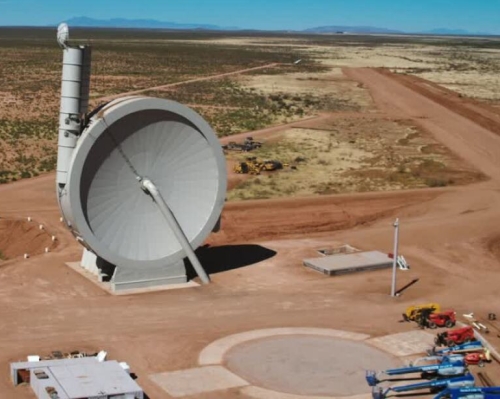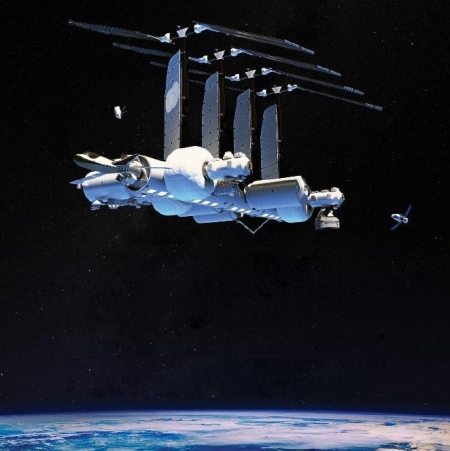Starlink delivers 5,000 terminals to Ukraine; loses license in France
Capitalism in space: Starlink today continued its aggressive support for the Ukraine in its war with Russia by delivering another 5,000 terminals to that beleaguered country.
Space reporter Joey Roulette tweeted Wednesday that the majority of the terminals — 3,667, to be exact — as well as the associated internet service were donated directly by SpaceX at a cost of “roughly $10 million,” with USAID purchasing the remaining 1,333 terminals. These numbers apparently came from an earlier version of the USAID release; the updated release doesn’t give dollar figures and refers only to 5,000 Starlink terminals donated by a public-private partnership.
Roulette also suggested in another tweet that France and Poland had made contributions to the Starlink shipments to Ukraine, citing an earlier conversation with SpaceX president and chief operating officer Gwynne Shotwell. The USAID announcement only refers to the American partnership, however.
In a second story today, however, Starlink lost its ability to provide service in France, when a court ruled its license had been issued improperly.
France’s Conseil d’État ruled April 5 that French telecoms regulator ARCEP should have launched a public consultation before authorizing Starlink in February 2021.
“In law, they should normally cease [providing services] immediately, pending ARCEP’s public consultation” following the court’s decision, a Conseil d’État spokesperson told SpaceNews.
The court case was apparently instigated by two French environmental groups, who are demanding more regulations against the large satellite constellations.
Capitalism in space: Starlink today continued its aggressive support for the Ukraine in its war with Russia by delivering another 5,000 terminals to that beleaguered country.
Space reporter Joey Roulette tweeted Wednesday that the majority of the terminals — 3,667, to be exact — as well as the associated internet service were donated directly by SpaceX at a cost of “roughly $10 million,” with USAID purchasing the remaining 1,333 terminals. These numbers apparently came from an earlier version of the USAID release; the updated release doesn’t give dollar figures and refers only to 5,000 Starlink terminals donated by a public-private partnership.
Roulette also suggested in another tweet that France and Poland had made contributions to the Starlink shipments to Ukraine, citing an earlier conversation with SpaceX president and chief operating officer Gwynne Shotwell. The USAID announcement only refers to the American partnership, however.
In a second story today, however, Starlink lost its ability to provide service in France, when a court ruled its license had been issued improperly.
France’s Conseil d’État ruled April 5 that French telecoms regulator ARCEP should have launched a public consultation before authorizing Starlink in February 2021.
“In law, they should normally cease [providing services] immediately, pending ARCEP’s public consultation” following the court’s decision, a Conseil d’État spokesperson told SpaceNews.
The court case was apparently instigated by two French environmental groups, who are demanding more regulations against the large satellite constellations.











